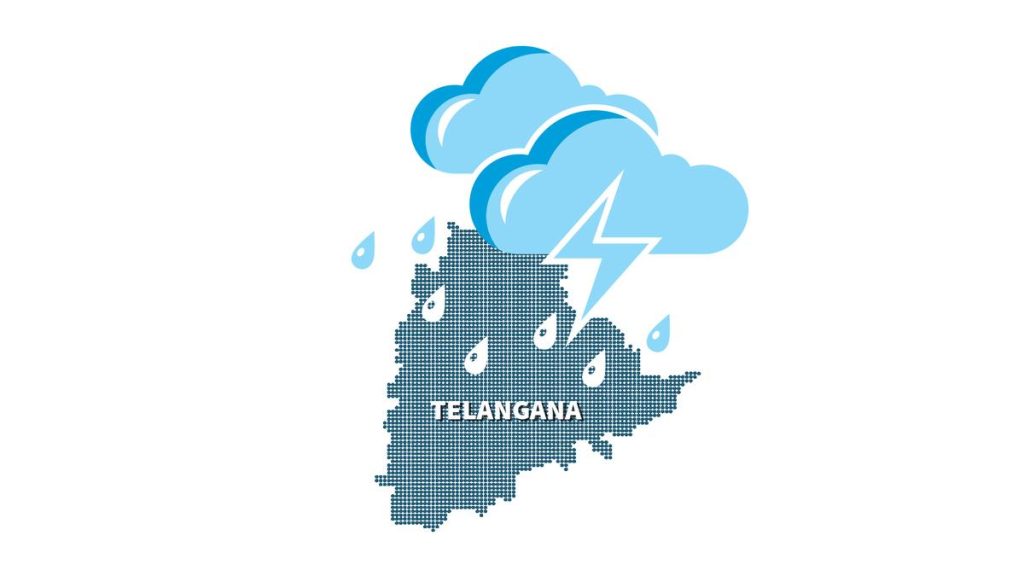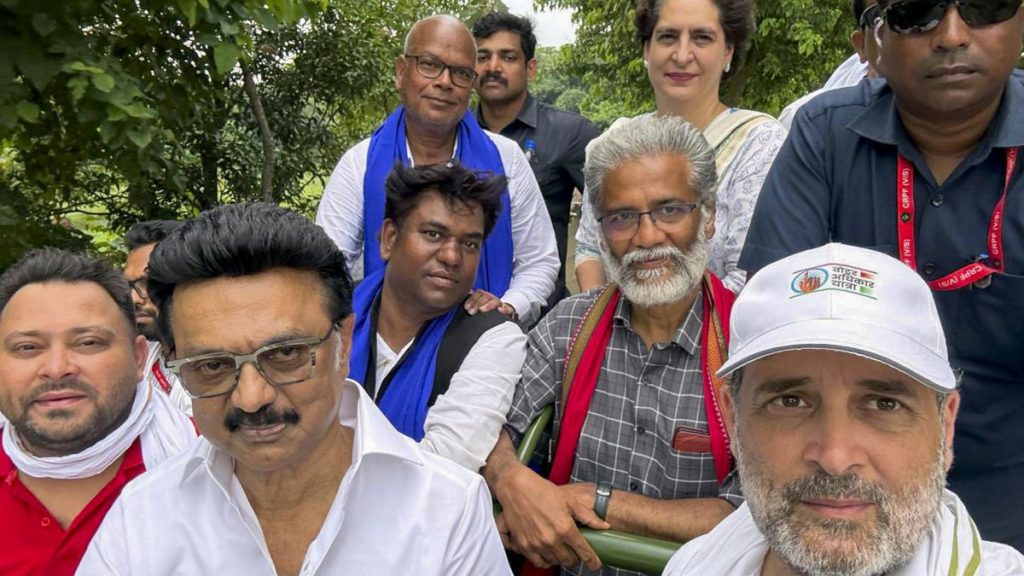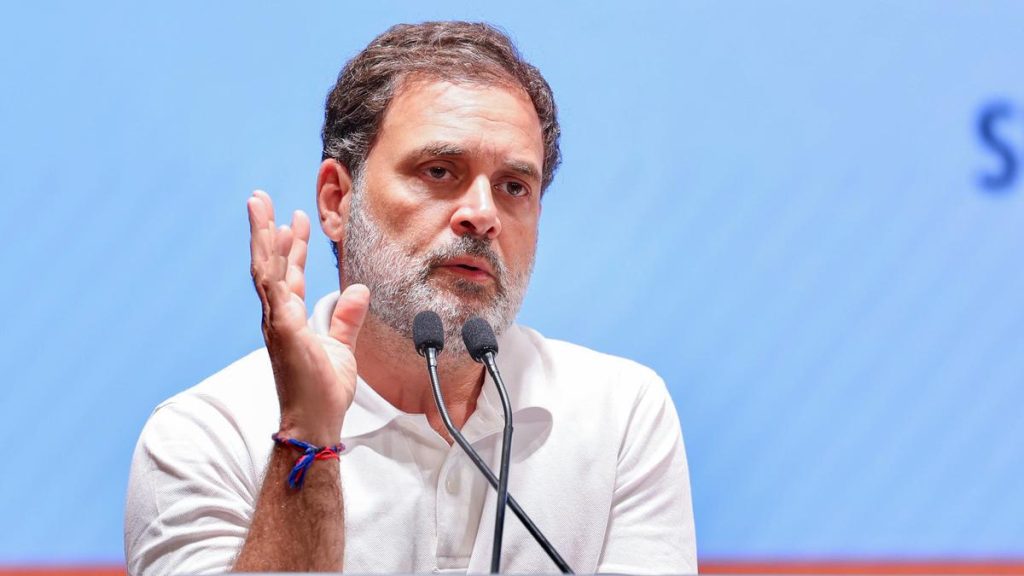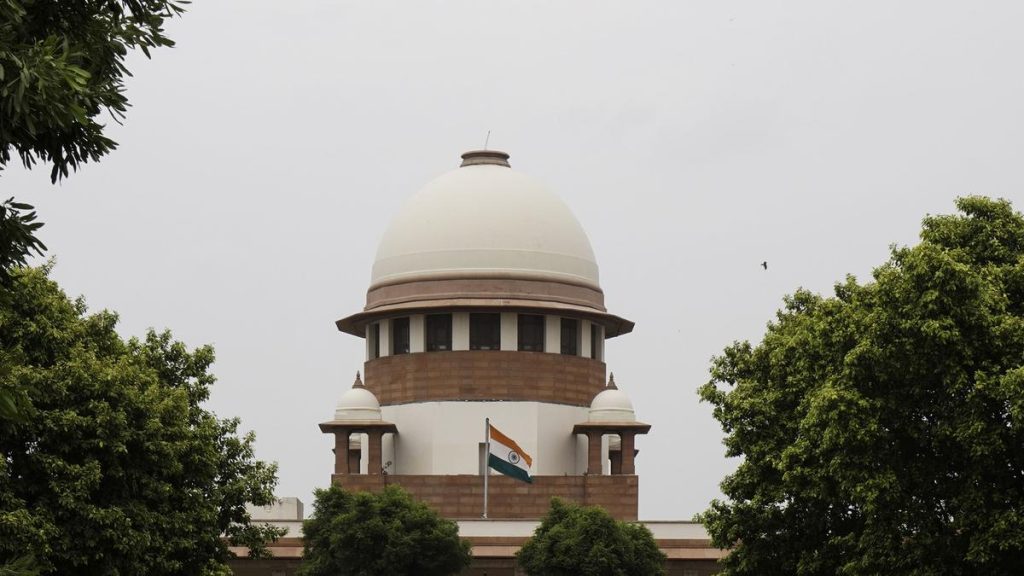Now Reading: 7 Tech Upgrades That Backfired: What Went Wrong?
-
01
7 Tech Upgrades That Backfired: What Went Wrong?
7 Tech Upgrades That Backfired: What Went Wrong?

Quick Summary
- The article critiques modern “tech upgrades,” asserting that many innovations have made life more intricate rather of improving it.
- Examples of misguided upgrades include:
– Smart gadgets: Appliances like ovens and TVs come with unneeded features like Wi-Fi and updates that could lead to security issues or malfunctions.
– QR code menus: once practical during COVID-19, these now detract from dining experiences by increasing distractions and enabling stealthy price changes.
– Vanishing disc drives in laptops: Removing these drives forces reliance on external storage or streaming services, adding costs and inconveniences.
– AI in search engines: AI-generated summaries often oversimplify searches, removing user agency while occasionally leading to errors.
– Subscription overload: More services demand monthly fees for features previously bundled with purchases-apps, gaming platforms, even car functionalities are impacted.- Reels-focused social media feeds: Platforms emphasize short viral videos over posts from connections, reducing personal relevance in feeds.- Touchscreens in cars: these interfaces replace simple knobs for critical controls but can distract drivers dangerously; regulations may soon require physical buttons for essential functions.
Indian Opinion Analysis
This critique resonates globally but carries distinct implications for India’s evolving tech landscape:
- While the Indian market increasingly embraces “smart” appliances and subscription models (e.g., OTT platforms), concerns about digital privacy, rising costs, and product reliability remain critical for consumers across socio-economic categories here.
- As QR code menus persist post-pandemic in urban India’s restaurant sector, conversations about balancing convenience with customer-centric practices grow relevant.
- Reliance on digital streaming becomes significant as Indian users adapt to a post-disc-drive era; however, infrastructure disparities (e.g., uneven internet access) compound related challenges uniquely.
4 Innovative integrations must carefully consider utility without overshadowing accessibility or affordability-a key consideration given India’s diverse consumer base straddling both high-tech adoption rates and cost sensitivity.
Tech advancements can indeed bring growth when balanced judiciously against real-world usage needs-a lesson particularly sharp for a rapidly digitizing nation like India.

























